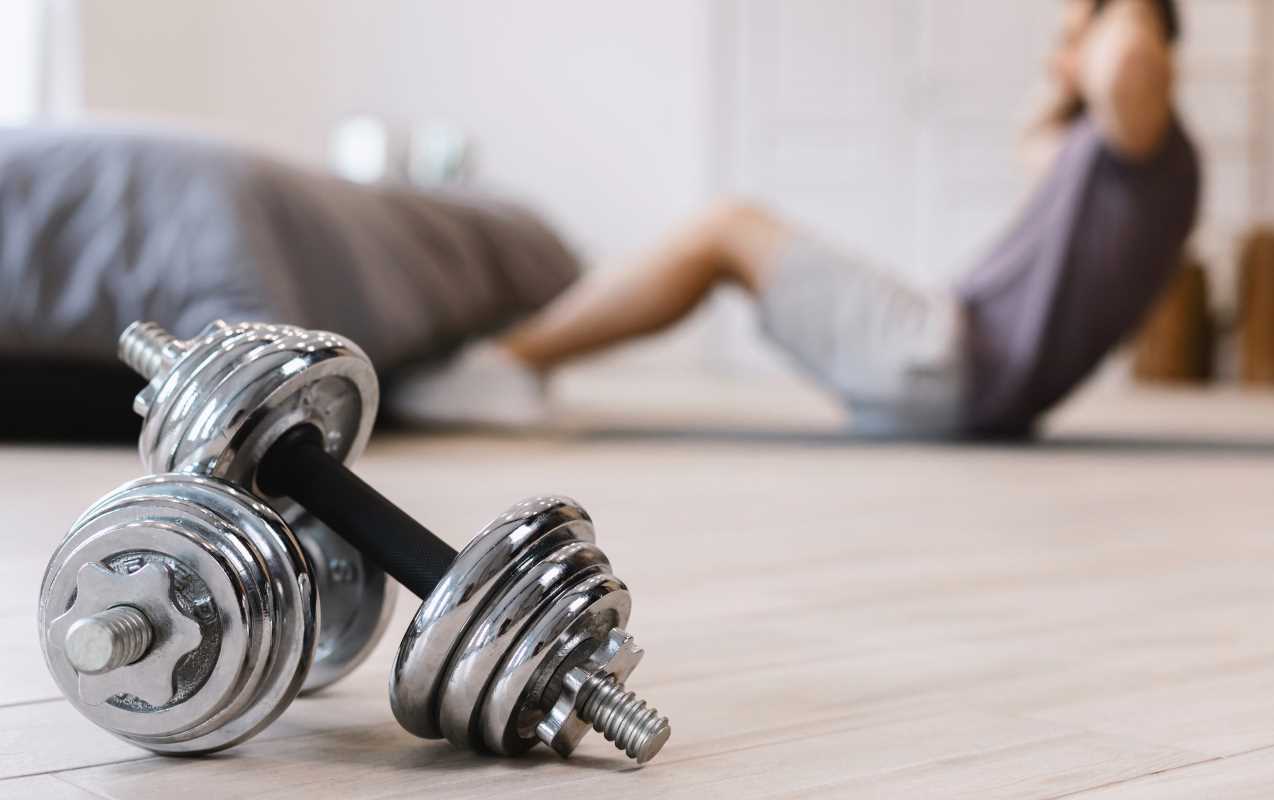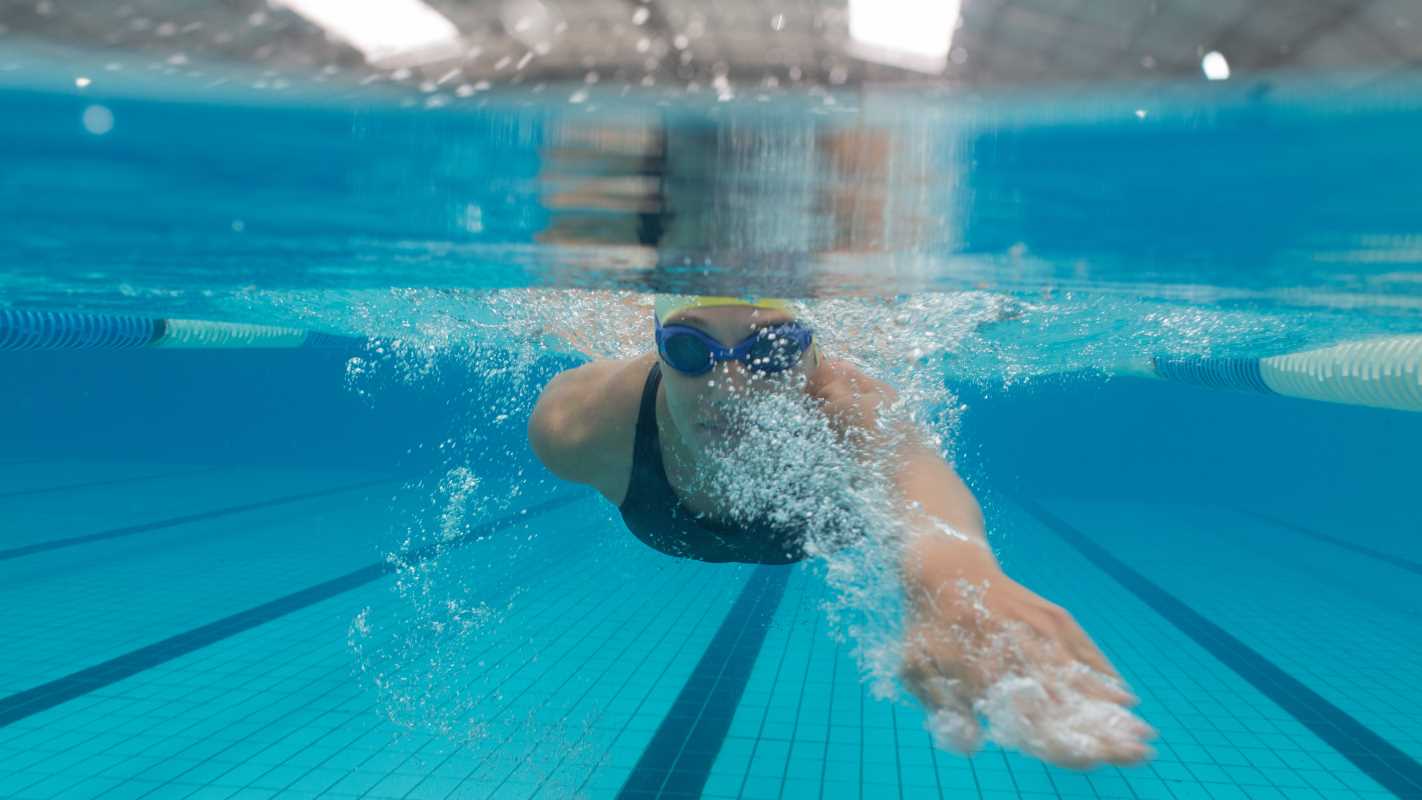Elite athletes often rely on specific recovery techniques to help their bodies heal and regain strength after challenging workouts. These methods can benefit anyone looking to enhance performance, whether preparing for a competition or aiming to reach a new personal milestone. By learning how these routines blend proven scientific principles with practical experience, you can discover new ways to support your own progress. Recovery is not just about rest; it involves targeted actions that help reduce soreness, rebuild muscles, and restore energy. Taking the time to understand and apply these approaches can make a significant difference in how you feel and perform each day.
You probably know that rest is important, but elite recovery protocols go deeper by combining smart techniques that help your body repair and regroup. This approach integrates new technologies, precise nutritional tips, and innovative practices that you can include in your daily routine for better performance.
Understanding how elite recovery protocols work
At the core of elite recovery protocols is a solid understanding of how your body heals and adapts. The methods used in elite training camps are based on scientific principles that show how targeted recovery can boost muscle repair, reduce inflammation, and improve overall athletic readiness. The key is knowing which techniques to apply at the right time.
Consider these important scientific insights that drive recovery techniques:
- Improved circulation helps deliver oxygen and nutrients to tired muscles, speeding up the repair process.
- Controlled inflammation and reduced stress hormones allow your body to recover faster without lingering soreness.
- Targeted cooling and warming methods optimize muscle and joint function, ensuring you can maintain high performance levels.
- Timed nutritional support, including specific protein and carbohydrate intakes, connects directly with how well your muscles recover.
Core components of modern recovery systems
Many teams and coaches rely on a few key recovery components that they have refined over time. These components work together to produce the best effect, merging simple practices with advanced recovery essentials. With a clear plan, you can smoothly follow these methods and make them a part of your routine.
Below are the main components structured for easy use:
- Proper Sleep and Rest: Ensure you get enough quality sleep and short naps during your day to let your muscles rebuild.
- Hydration and Nutrition: Focus on balanced intake with high-quality proteins, carbohydrates, and essential fluids to restore energy levels.
- Active Recovery Techniques: Incorporate light exercises like walking or stretching that keep blood flowing without overburdening the muscles.
- Targeted Therapies: Use methods like cold baths, gentle massages, or even compression gear to directly support muscle recovery.
- Mental Recovery Practices: Simple breathing exercises or listening to calm music can help reduce stress and improve the quality of your rest.
Adding recovery routines into your daily training plan
You can include these recovery techniques seamlessly into your routine with a bit of planning and consistency. Start by reviewing your current workout schedule and pinpointing areas where you might be pushing too hard or skipping proper cool-downs. Making small adjustments to your regimen can significantly improve your overall recovery.
Set aside specific times for recovery after heavy training sessions. Alternating between active recovery, targeted therapies, and ensuring good sleep will prepare your body for the next session. For example, finish a training session with a five-minute cooldown routine that includes deep breathing and gentle stretches to make the transition from exertion to rest easier.
Using wearable devices and data to track progress
Modern gadgets provide details that help you understand how well your recovery is going. Many athletes use wearable technology that tracks heart rate, sleep, and even muscle fatigue in real time. These devices give clear feedback so you can adjust recovery practices based on measurable results.
Review your progress with data to guide changes in your routine. If you notice increased muscle stiffness or poorer sleep quality, consider reducing workout intensity or adding more restorative techniques. For practical insights, see the helpful guide on holistic recovery techniques for tips on improving recovery with modern tools.
Common mistakes and how to prevent them
Preventing mistakes is just as important as knowing what actions to take. One common mistake is skipping recovery because the focus remains solely on training. Ignoring recovery can lead to longer injury recovery times and lower performance during practice. Make sure to allocate enough time for rest and recovery in every routine you follow.
Keep these pitfalls in mind and avoid them:
- Overtraining: Pushing too hard without enough recovery can cause burnout and injuries. Make smart choices about your workout intensity and frequency.
- Ignoring early signs of strain: If your body signals discomfort or persistent fatigue, take a break instead of pushing through the pain.
- Improper nutrition: Not providing your body with the right nutrients at the right times can hinder your recovery efforts.
- Skipping cool-down routines: Avoid skipping your cool-down, as it helps promote blood flow and relax your muscles after intense training.
Monitoring your body’s signals and adjusting your workout schedule thoughtfully help you avoid these common issues. Small changes like incorporating structured downtime or practicing active recovery can make a big difference over time.
Using wearable devices and data to track progress
Some sections may seem repetitive, but wearable tech remains a prime example of how detailed feedback guides your training. Devices like Fitbit or Garmin allow you to evaluate your recovery with daily metrics, motivating you to stick with recovery sessions. These devices’ detailed reports highlight subtle changes in your fitness and recovery pace.
The data you gather throughout the week provides a useful reference for planning how much you train and when to recover. Track your daily stats, review trends, and use these insights to adjust your routine. Small tweaks can lead to noticeable improvements in performance and comfort.
Pay close attention to what your wearable devices show and adapt your routines based on your body's actual needs. The more you listen to these numbers, the faster you can find opportunities to improve your recovery process.
Planning is essential. If you notice shifts in sleep patterns, heart rate variability, or muscle stiffness, revisit your recovery routine to ensure your body receives what it needs. Stay flexible, try different techniques, and develop a routine tailored to your personal recovery needs.
Prioritizing recovery in your training lets you return stronger and prepared for your next challenge.
 (Image via
(Image via





